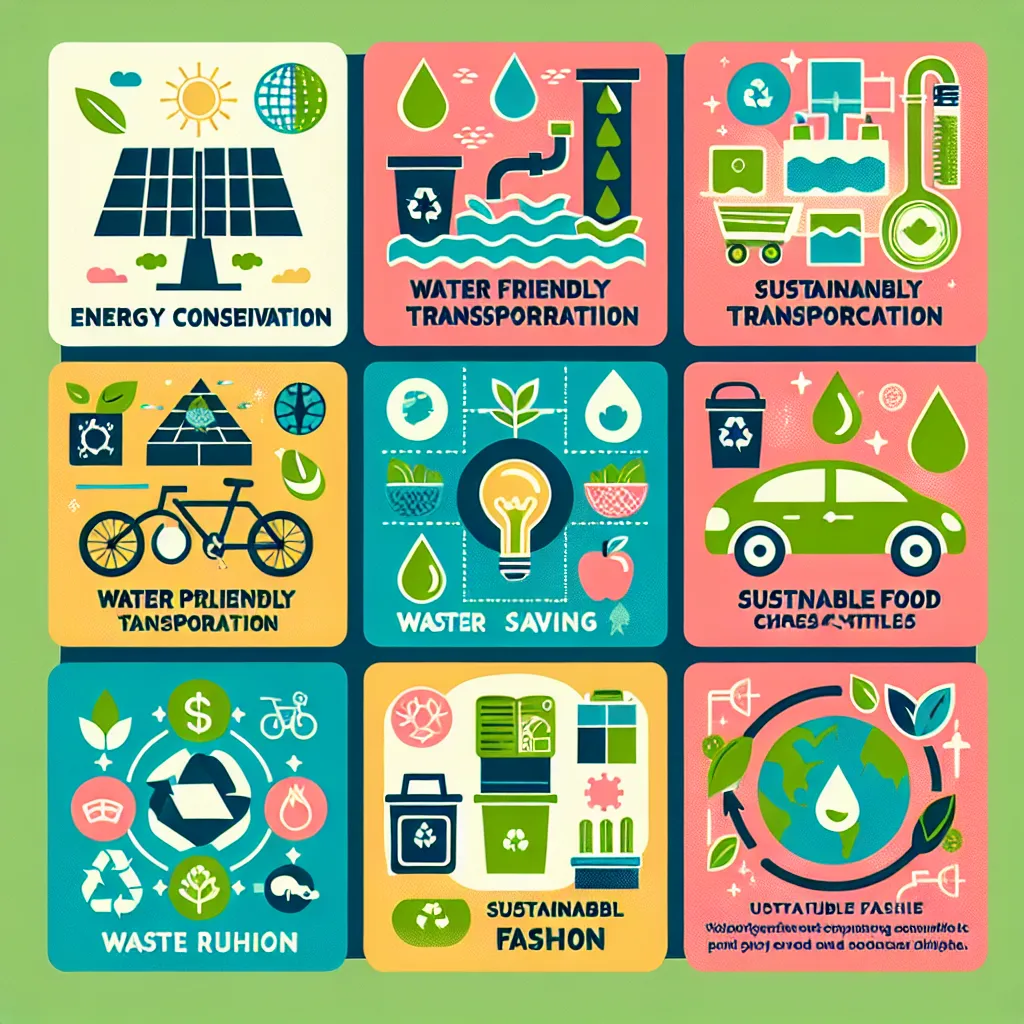The IELTS Reading section is a crucial component of the test, assessing your ability to comprehend complex texts and extract relevant information. Today, we’ll focus on a topic that has become increasingly relevant in our digital age: productivity apps for entrepreneurs. This subject has appeared in various forms in past IELTS exams and, given its growing importance in the business world, it’s likely to resurface in future tests.
Nội dung bài viết
Based on our analysis of past IELTS exams and current trends, the topic of productivity tools for business owners has shown a steady increase in frequency over the last few years. This reflects the growing reliance on technology in the entrepreneurial landscape. As such, we predict a high probability of encountering similar themes in upcoming IELTS Reading tests.
Let’s dive into a practice passage that mirrors the style and complexity you might encounter in the actual IELTS Reading test.
 Productivity apps for entrepreneurs
Productivity apps for entrepreneurs
Practice Passage: The Digital Toolkit of Modern Entrepreneurs
Reading Passage
In the fast-paced world of entrepreneurship, time is arguably the most valuable resource. As businesses evolve and adapt to the digital age, a new breed of tools has emerged to help entrepreneurs maximize their productivity and streamline their operations. These digital aids, commonly known as productivity apps, have become indispensable for many business owners striving to stay competitive in today’s market.
The landscape of productivity apps is vast and varied, catering to different aspects of an entrepreneur’s daily routine. At the forefront are project management tools like Trello and Asana. These apps provide a visual interface for organizing tasks, setting deadlines, and collaborating with team members. By offering a bird’s-eye view of ongoing projects, they enable entrepreneurs to prioritize effectively and ensure nothing falls through the cracks.
Time management is another critical area where apps have made significant inroads. Tools like RescueTime and Toggl track how time is spent across various activities, providing invaluable insights into productivity patterns. This data-driven approach allows entrepreneurs to identify time-wasters and optimize their daily schedules. Some apps even use artificial intelligence to suggest improvements in time allocation based on individual work habits.
Communication, both internal and external, is the lifeblood of any business. Apps like Slack and Microsoft Teams have revolutionized how teams interact, offering instant messaging, file sharing, and integration with other productivity tools. For external communication, email management apps like Boomerang and SaneBox help entrepreneurs tame their inboxes, ensuring important messages are not lost in the deluge of daily correspondence.
Financial management, often a daunting task for many entrepreneurs, has been simplified by apps like QuickBooks and FreshBooks. These tools automate many aspects of bookkeeping, invoicing, and expense tracking, freeing up valuable time that can be redirected towards core business activities. Some even offer features like real-time financial reporting, which can be crucial for making informed business decisions.
The mobile nature of modern entrepreneurship has also given rise to note-taking and idea-capturing apps. Evernote and OneNote allow business owners to jot down ideas, save web pages, and organize information across multiple devices. This ensures that no flash of inspiration is lost, regardless of when or where it strikes.
However, the proliferation of productivity apps presents its own challenges. The sheer number of options available can lead to decision paralysis, and using too many apps simultaneously can ironically lead to decreased productivity. Experts advise entrepreneurs to carefully assess their specific needs and choose a core set of apps that integrate well with each other.
Moreover, while these apps offer numerous benefits, they are not a panacea for all productivity issues. Critics argue that over-reliance on digital tools can lead to a disconnect from the human aspects of business. Face-to-face interactions and the ability to ‘unplug’ remain crucial for maintaining creativity and building meaningful business relationships.
As we move further into the digital age, the role of productivity apps in entrepreneurship is likely to grow. The key for business owners will be to strike a balance – leveraging these powerful tools to enhance efficiency while not losing sight of the human elements that drive innovation and success. In this evolving landscape, the most successful entrepreneurs will be those who can seamlessly blend digital prowess with traditional business acumen.
Questions
True/False/Not Given
- Project management apps like Trello and Asana offer a visual interface for task organization.
- RescueTime and Toggl use artificial intelligence to suggest improvements in time allocation.
- Slack and Microsoft Teams are primarily used for external business communication.
- QuickBooks and FreshBooks can provide real-time financial reporting.
- Note-taking apps are less useful for entrepreneurs who work primarily from an office.
Multiple Choice
-
According to the passage, which of the following is a challenge presented by productivity apps?
A) They are too expensive for most entrepreneurs.
B) They can lead to decreased productivity if too many are used.
C) They are difficult to learn and implement.
D) They require constant internet connectivity. -
The author suggests that the most successful entrepreneurs will be those who:
A) Use the maximum number of productivity apps available.
B) Avoid using digital tools altogether.
C) Balance digital tools with traditional business skills.
D) Focus solely on improving their digital prowess.
Sentence Completion
Complete the sentences below using NO MORE THAN TWO WORDS from the passage for each answer.
- Time management apps provide insights into ____ ____, allowing entrepreneurs to optimize their schedules.
- Apps like Boomerang and SaneBox help entrepreneurs manage their ____ more effectively.
- The mobile nature of modern entrepreneurship has led to the rise of ____ ____ apps.
Answer Key
- True
- False
- False
- True
- Not Given
- B
- C
- productivity patterns
- inboxes
- note-taking
Answer Explanations
-
True – The passage states, “These apps provide a visual interface for organizing tasks, setting deadlines, and collaborating with team members.”
-
False – While the passage mentions AI, it doesn’t specifically attribute this feature to RescueTime and Toggl. It states, “Some apps even use artificial intelligence to suggest improvements in time allocation based on individual work habits.”
-
False – The passage indicates that Slack and Microsoft Teams are for internal communication: “Apps like Slack and Microsoft Teams have revolutionized how teams interact.”
-
True – The passage mentions, “Some even offer features like real-time financial reporting, which can be crucial for making informed business decisions.”
-
Not Given – The passage doesn’t provide information about the usefulness of note-taking apps based on work location.
-
B – The passage states, “using too many apps simultaneously can ironically lead to decreased productivity.”
-
C – The final paragraph concludes, “the most successful entrepreneurs will be those who can seamlessly blend digital prowess with traditional business acumen.”
-
productivity patterns – The passage mentions, “Tools like RescueTime and Toggl track how time is spent across various activities, providing invaluable insights into productivity patterns.”
-
inboxes – The text states, “For external communication, email management apps like Boomerang and SaneBox help entrepreneurs tame their inboxes.”
-
note-taking – The passage mentions, “The mobile nature of modern entrepreneurship has also given rise to note-taking and idea-capturing apps.”
Common Mistakes to Avoid
-
Overlooking Negative Prefixes: Pay attention to words like “not,” “un-,” “in-,” etc., as they can completely change the meaning of a statement.
-
Falling for Distractors: In multiple-choice questions, some options may use words from the text but in a different context. Always refer back to the passage.
-
Over-generalizing: Be cautious about making broad statements that the passage doesn’t explicitly support, especially in True/False/Not Given questions.
-
Ignoring Word Limits: In sentence completion tasks, stick strictly to the word limit given. Even if your answer is correct but exceeds the word limit, it will be marked wrong.
-
Relying on Prior Knowledge: Base your answers solely on the information provided in the passage, not on your personal knowledge of the topic.
Key Vocabulary
- Indispensable (adjective) /ˌɪndɪˈspensəbl/ – absolutely necessary
- Streamline (verb) /ˈstriːmlaɪn/ – make (an organization or system) more efficient and effective
- Inroads (noun) /ˈɪnrəʊdz/ – a gradual, encroaching entry into a new area or market
- Deluge (noun) /ˈdeljuːdʒ/ – a severe flood; (figuratively) an overwhelming amount of something
- Proliferation (noun) /prəˌlɪfəˈreɪʃn/ – rapid increase in numbers
- Panacea (noun) /ˌpænəˈsiːə/ – a solution or remedy for all difficulties or diseases
Grammar Focus
Conditional Sentences
The passage uses a conditional sentence in the final paragraph:
“The key for business owners will be to strike a balance – leveraging these powerful tools to enhance efficiency while not losing sight of the human elements that drive innovation and success.”
This is an example of a first conditional sentence, used to talk about real and possible situations in the future. The structure is:
If + present simple, … will + infinitive
For example:
“If entrepreneurs choose the right productivity apps, they will likely see an increase in efficiency.”
Tips for IELTS Reading Success
-
Time Management: Allocate your time wisely. Spend about 20 minutes on each passage in the IELTS Reading test.
-
Skim and Scan: Quickly skim the passage for general understanding, then scan for specific information when answering questions.
-
Read Questions First: Familiarize yourself with the questions before reading the passage in detail. This helps you focus on relevant information.
-
Practice Regularly: Consistent practice with various types of texts and question formats is key to improving your reading skills.
-
Vocabulary Building: Expand your vocabulary by reading widely and learning words in context.
-
Stay Calm: Don’t panic if you encounter unfamiliar words. Try to understand the overall meaning from the context.
Remember, success in IELTS Reading comes from a combination of strong English language skills, effective test-taking strategies, and plenty of practice. Keep working on these areas, and you’ll see improvement in your performance.
For more tips on staying focused during your IELTS preparation, check out our article on the best ways to stay focused on your goals. Additionally, if you’re looking to apply your English skills practically, you might be interested in our guide on how to start a side hustle, which could provide real-world context for the business English you’re learning.


